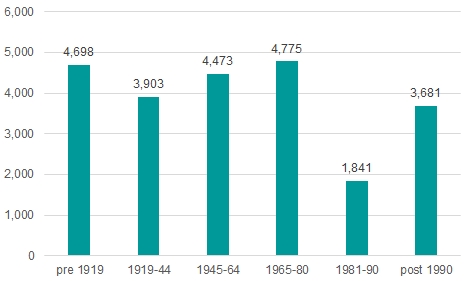They are building a new estate along the road from me. 49 private dwelling, (I think), and 26 'social housing units, (does that mean council owned?).
Because we are in the countryside and not connect to, either, gas or mains drainage it has taken over 5 years to get through planning apparently. They will have mains drainage and, I suspect, mains gas. The foundations were laid for the first phase of houses just as lockdown was about to begin. The site then stayed silent for at least 3 months until early July. They now have the studwork and roof trusses erected, with big blocks of cellotex insulation between the stud uprights, for about 15 houses. Gaps for the doors and windows and 2 or 3 courses of the exterior brickwork. I would hate a house where all the internal structures were made of timber, plasterboard and thick insulation. Whats puzzling me is there have been no electricians or plumbers seen around the site. Lots of telecoms vans putting fibre optics stuff in somewhere but none of the 'essential' trades.


